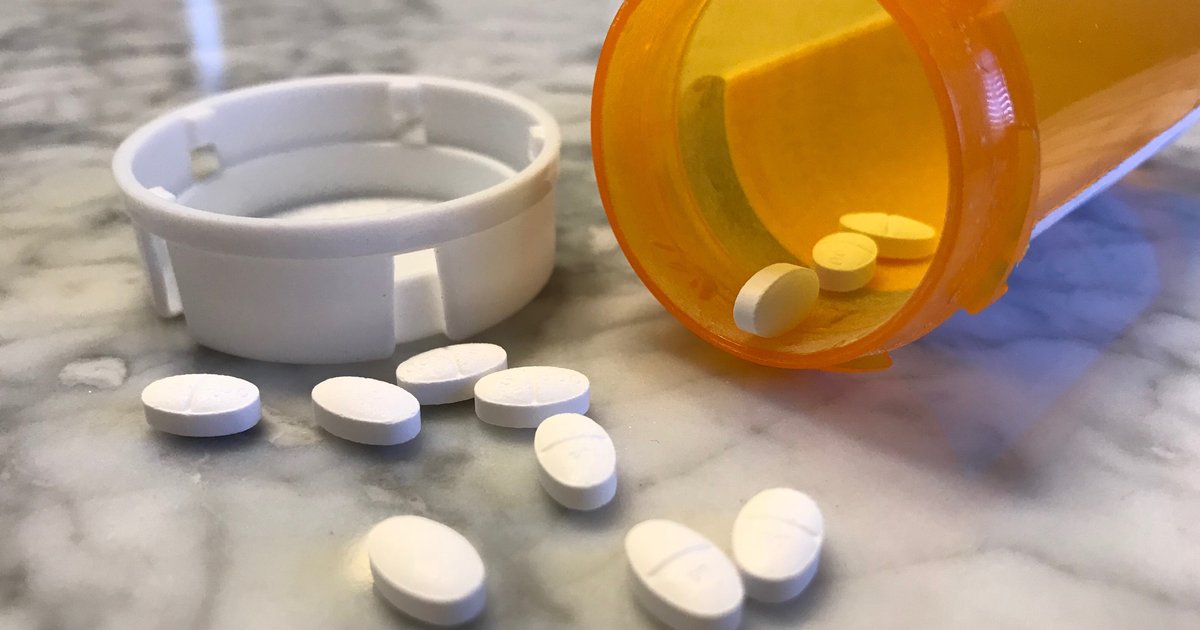How To Treat Panniculitis
Panniculitis is the medical term for an entire group of skin conditions that cause painful bumps to form beneath the skin. These bumps grow within the subcutaneous fat layer called the panniculus. They are often reddened or purplish and are very tender to the touch. The bumps tend to come and go over time, and they most often occur on the calves and thighs. Many health conditions can cause panniculitis, including autoimmune diseases, connective tissue disorders, infections, cancer, and diabetes. Sometimes, treating the underlying cause can help with panniculitis, but other times, it may require more targeted treatment. Here are a few of the most common methods used to manage panniculitis.
Take Potassium Iodide

Potassium iodide is a type of salt most often used to treat hyperthyroidism. This means it can be quite helpful for individuals dealing with panniculitis linked to thyroid problems. Patients may also be able to take potassium iodide if they have other forms of panniculitis. Studies have found panniculitis patients who take potassium iodide have a significant reduction in fever and pain within just two days. Generally, regularly taking potassium iodide can completely remove the panniculitis within two weeks. The reason potassium iodide seems to be so effective is because of its anti-inflammatory effect. Individuals who take it produce more of the c-reactive proteins that help manage inflammation, so the swelling and heightened blood flow in the area affected by panniculitis are greatly reduced. The potassium iodide also helps inhibit cells that produce toxic radicals, so it further decreases inflammation.
Keep reading to learn more about how to treat panniculitis now.
Wear Compression Socks

Many panniculitis patients get it primarily in their lower legs and feet. This happens because the feet are the body part the farthest away from the heart, so it takes a lot of effort for the body to pump blood and other fluids away from the lower legs. This can cause blood to pool in these areas, resulting in over-stretched veins and fluid accumulation. A good solution for managing this cause of panniculitis is compression socks. These are special socks with a very firm, tight weave that puts pressure on the feet. Their gentle squeezing pressure helps push excess fluid out of the feet and lower legs. Though it normally will not cure panniculitis completely, it will help to manage many of the symptoms. At first, wearing compression socks can put a little uncomfortable pressure on the legs, but individuals report wearing these socks regularly ends up decreasing discomfort in the long run.
Get the details on ways to treat panniculitis now.
Treat Infections With Antibiotics

A lot of treatment options for panniculitis relies on dealing with the condition's underlying cause. One of the biggest reasons individuals get panniculitis is due to infections. Any sort of infection causes a lot of inflammation throughout the body, and a concentrated pocket of inflammation can lead to the swollen nodules associated with panniculitis. Often, panniculitis will go away once the infection is gone. Antibiotics are also useful if panniculitis causes an infection. In rare cases, a nodule can turn into an infected abscess. In this situation, it is important to take antibiotics to prevent the spread of infection. For any antibiotics individuals take, they should be sure to follow the doctor's instructions completely. Take the full course of antibiotics prescribed, even if they feel better and no longer notice symptoms. Stopping antibiotics too early will allow some antibiotic-resistant bacteria to linger, eventually resulting in an even worse infection that does not respond to antibiotics.
Reveal more panniculitis treatment options now.
Take Nonsteroidal Anti-Inflammatory Medication

When individuals take nonsteroidal anti-inflammatory medication, they get two big benefits for panniculitis. First of all, nonsteroidal anti-inflammatory medications help relieve pain, so they can ease all the uncomfortable symptoms of panniculitis. Secondly, these mediations actively alleviate inflammation throughout the body. Since inflammation is one of the big underlying causes of panniculitis, treating it directly with anti-inflammatories can make panniculitis go away more rapidly. Individuals should keep in mind they should never take over-the-counter nonsteroidal anti-inflammatory medication for more than ten days in a row without consulting a doctor.
Discover additional treatment options for panniculitis now.
Surgical Removal Of The Affected Areas

When all other treatments do not work, surgery may be considered. This is normally only an option for a panniculitis lump that never goes away or keeps coming back in the same spot. For example, some individuals get chronic panniculitis due to a severe injury to an area, so treating it with surgery may be an option. However surgery tends to be a somewhat invasive procedure, so surgical removal of the affected areas is normally only used if panniculitis somehow causes severely negative effects on the patient. Surgery for panniculitis is normally done under general anesthesia. Patients would go into a healthcare facility for it, and while they are under anesthesia, the doctor makes incisions to remove the panniculitis, and then suture the area back up. Recovery takes a few weeks. Afterward, panniculitis will not recur in that spot, but it is always possible it may show up somewhere else.